During his career, photographer Bill O’Leary took pictures of some of rock’s biggest names at the peak of their powers – Van Halen, Rush, Judas Priest, Kiss, Ozzy Osbourne, Queen, Pink Floyd, Frank Zappa, etc. And now, he has opened his archives for the first time ever – assembling a collection of not only his best images, but also, offering stories and recollections behind concerts he shot over the years. Indeed, this book is comprised of over 175 full color, live concert images photographed primarily from the late 1970’s through the 1990’s.
Artists include…AC/DC, Albert King, The Allman Brothers Band, Anthrax, Blues Traveler, Bob Seger, Cheap Trick, Def Leppard, Dixie Dregs, Foreigner, Frank Zappa, Grateful Dead, Hot Tuna, Jeff Beck, Jethro Tull, Joan Jett, Judas Priest, Kiss, Marillion, Mercyful Fate, Michael Schenker Group, Molly Hatchet, Mötley Crüe, Motörhead, Outlaws, Overkill, Ozzy Osbourne, Pat Travers, Phish, Pink Floyd (The Wall), The Police, Queen, Rainbow, Reo Speedwagon, The Romantics, Rossington Collins Band, Rush, Scorpions, Slayer, Styx, Ted Nugent, Todd Rundgren’s Utopia, Triumph, UFO, Van Halen, White Zombie, XTC, Yes, Yngwie Malmsteen with Alcatrazz, and ZZ Top.
O’Leary says:
“Hard to believe that I have been shooting concerts for 4 decades now, beginning in the mid 70’s when I went to my first concert at the world famous Madison Square Garden in New York City. I felt at home among the walls of speakers and the towering lighting rigs, I also immediately knew that leaving the show with a ticket stub, program and maybe a t-shirt would not be enough, so I had to capture the memory permanently. Within’ weeks I had traded my Sony home stereo system for a black leather jacket and my first Minolta SLR camera. After a brief learning period experimenting with the constantly changing lighting and vast array of colors, film speeds and the quick movements of the artists, I was told by many people that I was a “natural”. I have always felt that “knowing” the music deeply and being passionate about it as well, really was the “secret” to capturing the “moment”. With that confidence, I was soon shooting many concerts, 46 in 1980 alone. By then I was also being published in many major magazines as well. In the early days, I practiced “gorilla type tactics” to get my equipment into the venue’s. Later, I was forced to play the game of securing credentials in order to shoot shows. All too soon, promoter and band management rules and demands on photographers began to take the excitement out of shooting shows. Then the ” first 3 song” rule became common, NO more pictures after the third song. Pro concert photographers know that the “best” part of a shows production comes later in the event. In the end, I’m glad to have been a part of the glory days of concert photography.”
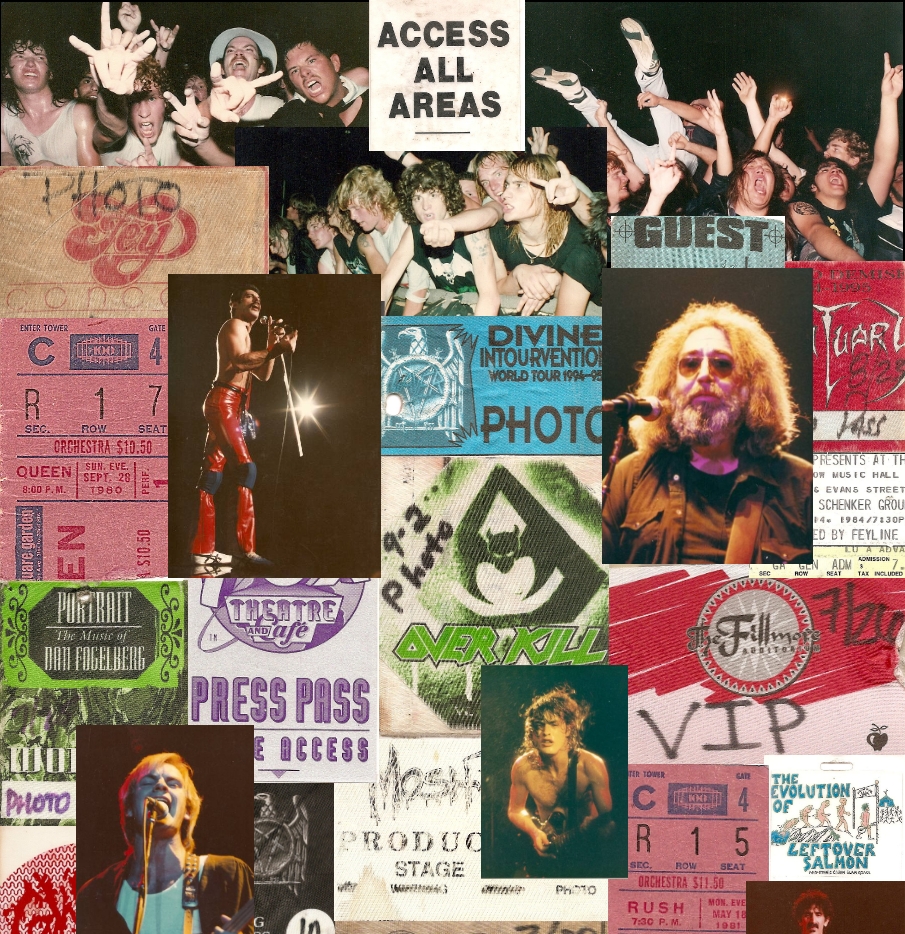
FOREWARD by Freddie Salem of The Outlaws:
“Bill O’Leary has played an extremely important part in the rock n’ roll world, as the consummate live performance photographer for over 40 years. As a professional musician, rock photographers are a part of the music scene – whether it be shooting promotional shoots, live concerts, or simply capturing life on tour. Bill first photographed us back in 1979 – a couple years after I joined the Outlaws, at Madison Square Garden in New York City. We were touring in support of our latest album, In the Eye of the Storm. Madison Square Garden is a big show for any touring band – as well as me personally, as a musician. A landmark venue. The following year, 1980, Bill again photographed me onstage – twice. Once at a Pat Travers Band show at the Palladium in Lower Manhattan in April, then again later that fall in November, as the Outlaws were touring in support of our latest album, Ghost Riders. This time, we were playing a smaller venue in Passaic, New Jersey, called the Capitol Theatre. Hundreds upon hundreds of marquis performers from all over the world have been captured on film by Bill – with the help of his trusty camera. I am surely anticipating the release of Bill O’Leary’s book, featuring his life’s passion and his iconic photography work. Looking at the thousands of live photos Bill has shot over the years one thing is very clear – he knows when to “pull the trigger.”
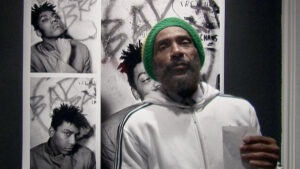 Punk the Capital situates DC punk within the larger narratives of rock n’ roll, working as a powerful multi-layered story for both fans and non-fans of punk rock. Featuring musicians such as Bad Brains, Henry Rollins, Ian MacKaye, and Jello Biafra, this film dives deep into the ideas and sounds from this transformative music scene which continues to be influential culturally and politically around the world.
Punk the Capital situates DC punk within the larger narratives of rock n’ roll, working as a powerful multi-layered story for both fans and non-fans of punk rock. Featuring musicians such as Bad Brains, Henry Rollins, Ian MacKaye, and Jello Biafra, this film dives deep into the ideas and sounds from this transformative music scene which continues to be influential culturally and politically around the world.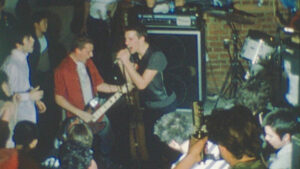 The final version of our film that we’re releasing now is just the intense tip of the iceberg – our first cut was 7 hours long. In the end, we wound up focusing on the untold and improbable story of punk rock’s beginnings in Washington DC, that happened concurrently with cities across the western world. We took a lot of our extra material that otherwise might never have been seen and edited it together to make short films that will be in the bonus section on the DVD (and Blu-ray). One of the shorts focuses on the band Scream and their family connections to DC’s 1960’s legendary garage band scene.
The final version of our film that we’re releasing now is just the intense tip of the iceberg – our first cut was 7 hours long. In the end, we wound up focusing on the untold and improbable story of punk rock’s beginnings in Washington DC, that happened concurrently with cities across the western world. We took a lot of our extra material that otherwise might never have been seen and edited it together to make short films that will be in the bonus section on the DVD (and Blu-ray). One of the shorts focuses on the band Scream and their family connections to DC’s 1960’s legendary garage band scene.

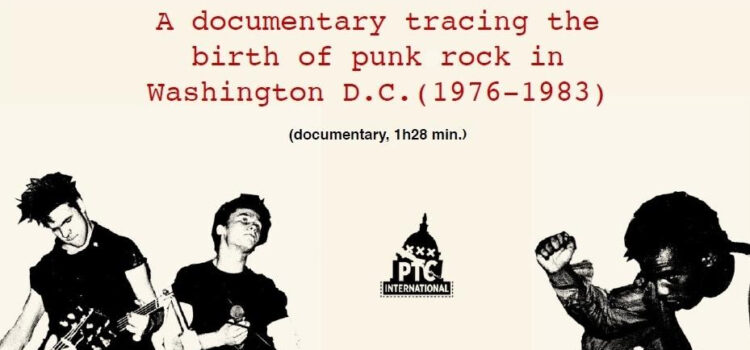

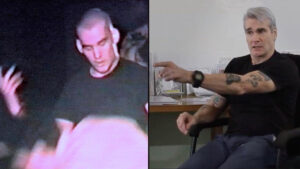
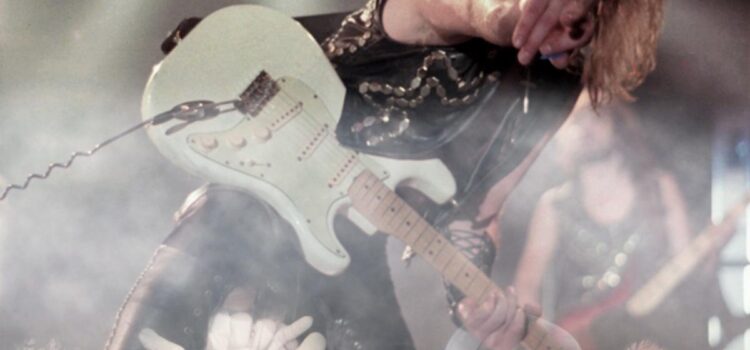
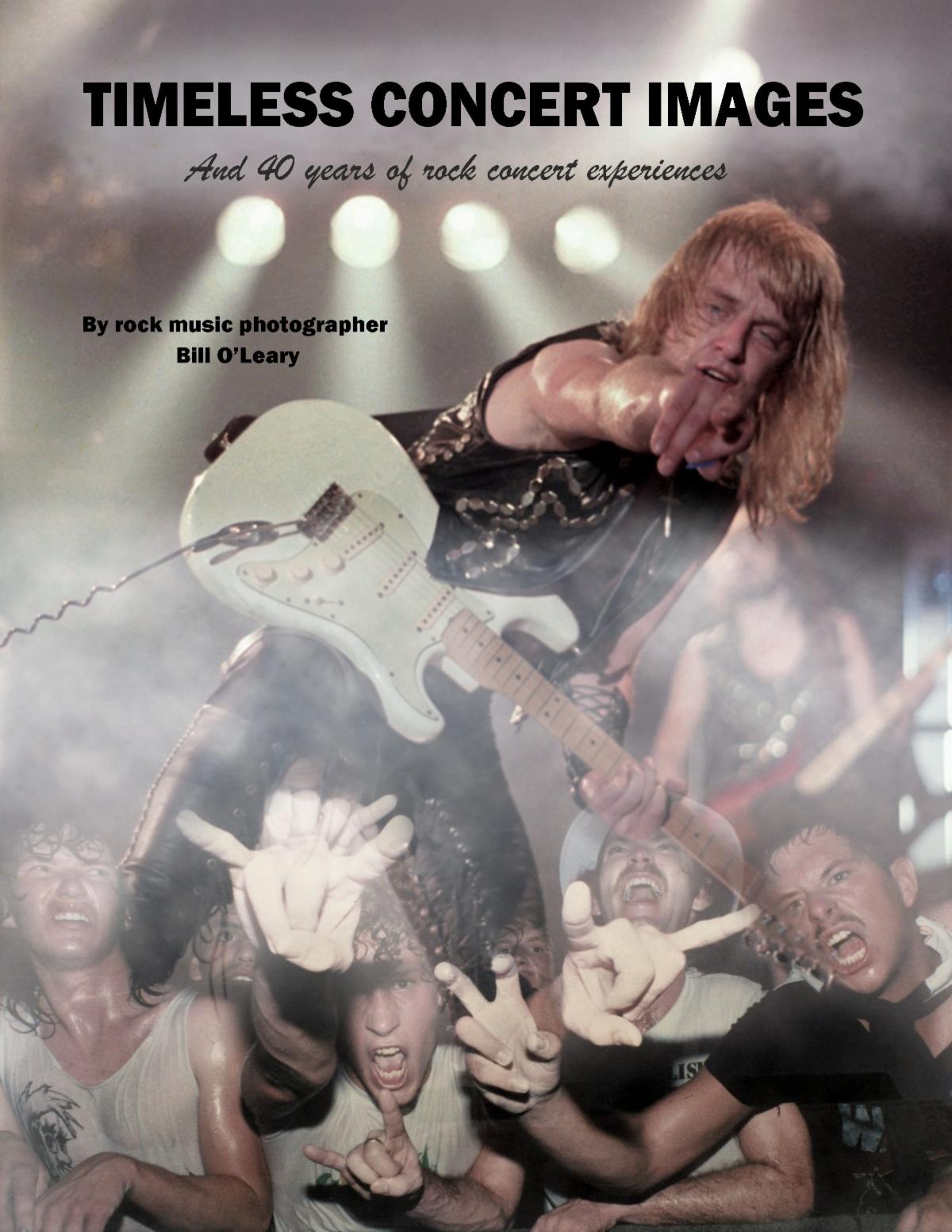

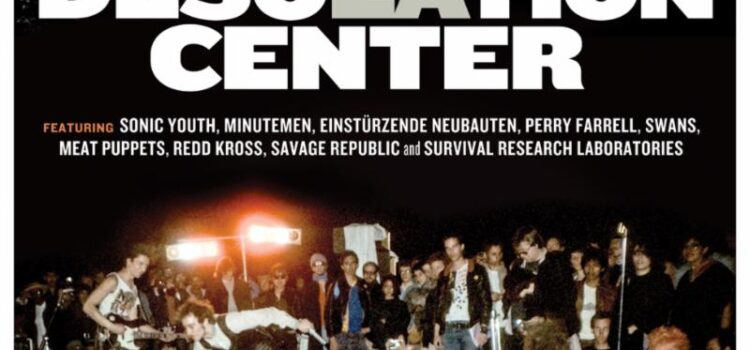



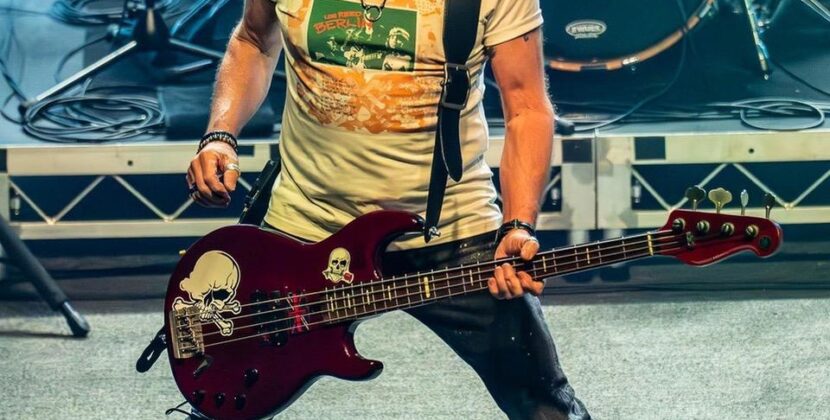


Recent Comments